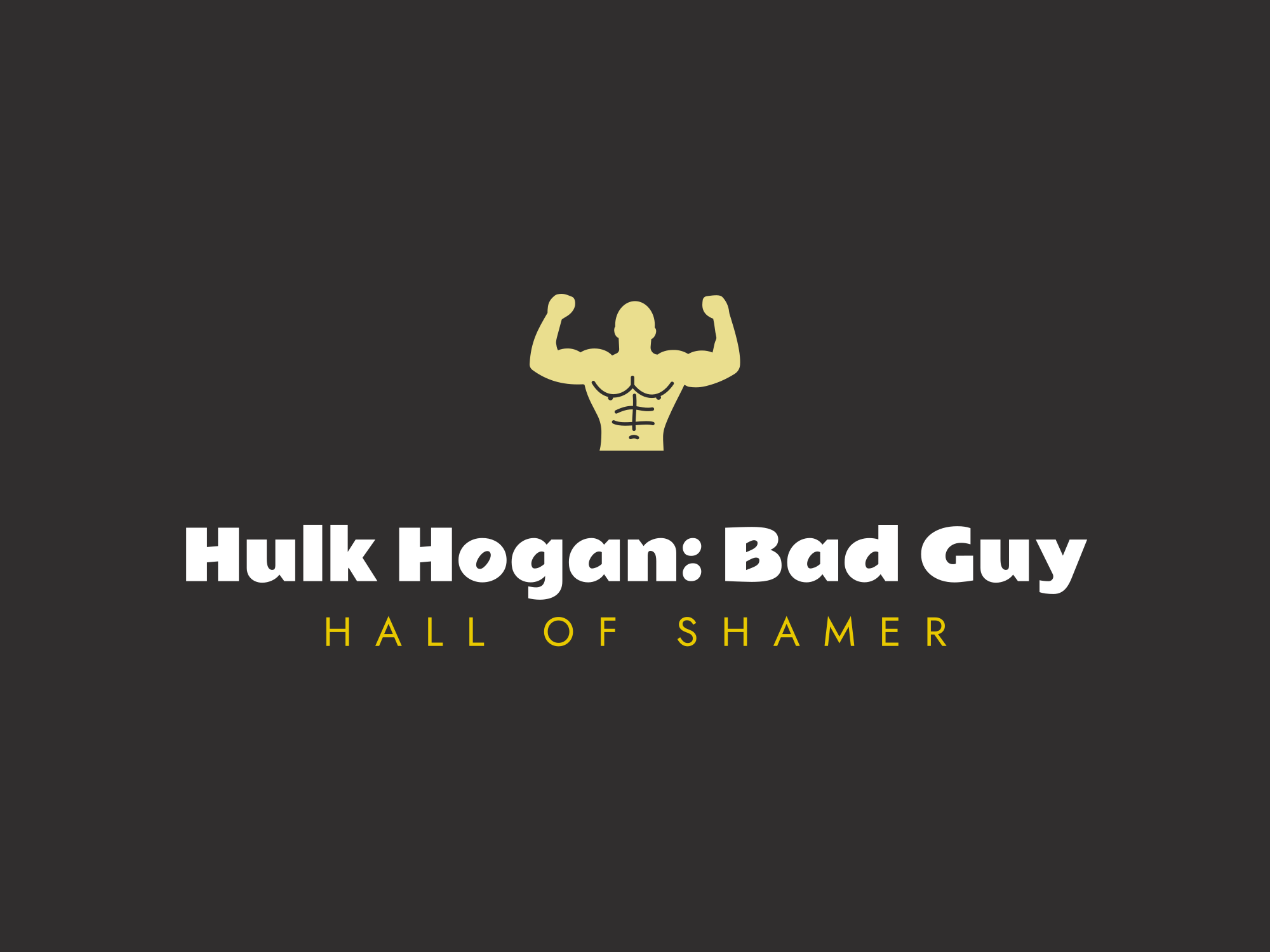Since The Before Time, In The Long Long Ago
Hall of Shame
A hall of shame is a collection of people or things that have done something wrong or embarrassing. It often highlights negative behavior or poor decisions. This concept is used to call out faults publicly, aiming to hold individuals accountable. It can appear in various contexts, like schools, workplaces, or media. The goal is usually to discourage similar actions and promote better choices. A hall of shame serves as a reminder of what to avoid.
Ten Infamous “Scabs”: When Crossing the Line Made History
The term “scab” – a derogatory label for a strikebreaker – is one of the most contentious words in labor history. It evokes images of betrayal, of undermining collective action, and of siding with management over fellow workers. While some may see those who cross picket lines as simply trying to earn a living, for many, they represent a fundamental threat to the power of organized labor. Here, we look at ten figures who became infamous in labor lore, earning the label “scab” for their actions.
The Pinkertons
While not individuals, the collective actions of the Pinkerton National Detective Agency in the late 19th and early 20th centuries earned them a place as some of the most notorious “scabs” in American labor history. Hired by companies to infiltrate unions, break strikes, and provide armed security, the Pinkertons were involved in numerous violent confrontations, including the infamous Homestead Strike (1892). Their brutal tactics solidified their reputation as the go-to “scab” force for businesses fighting organized labor.
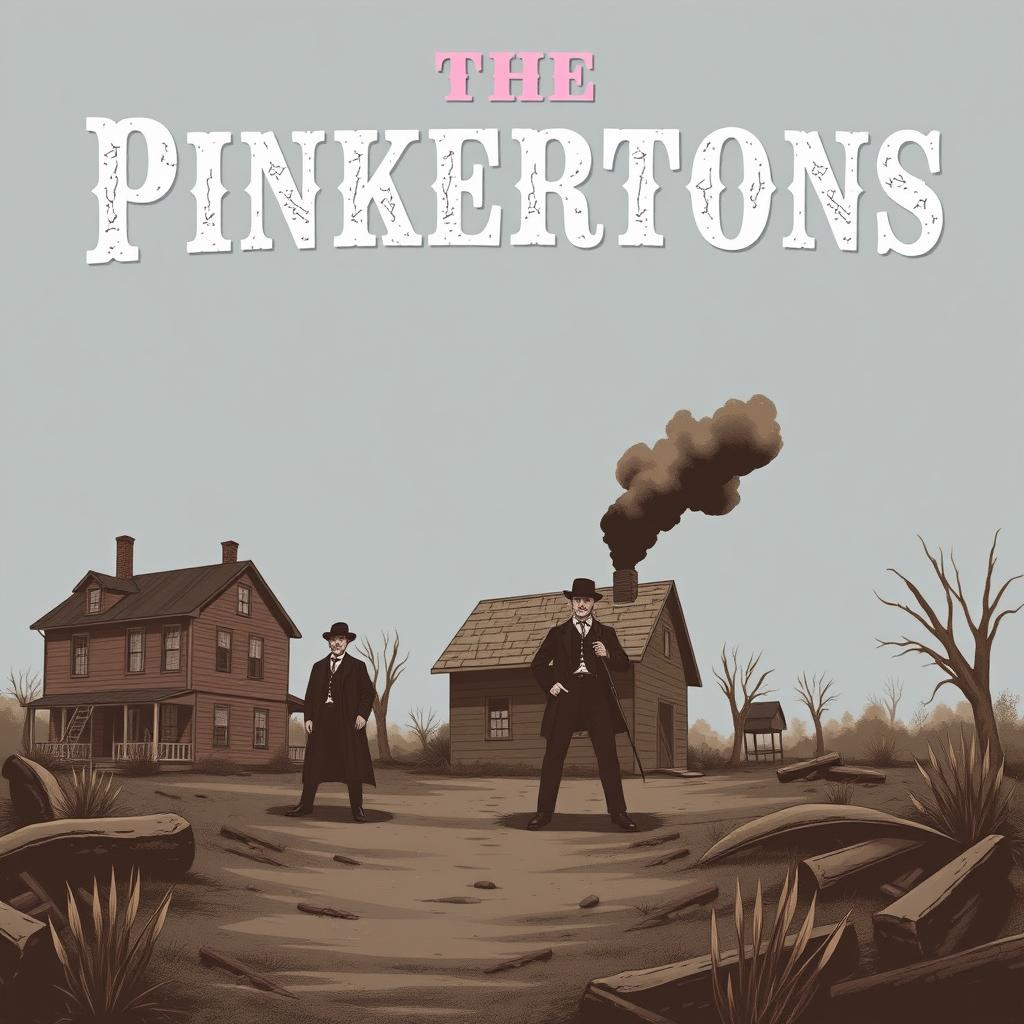
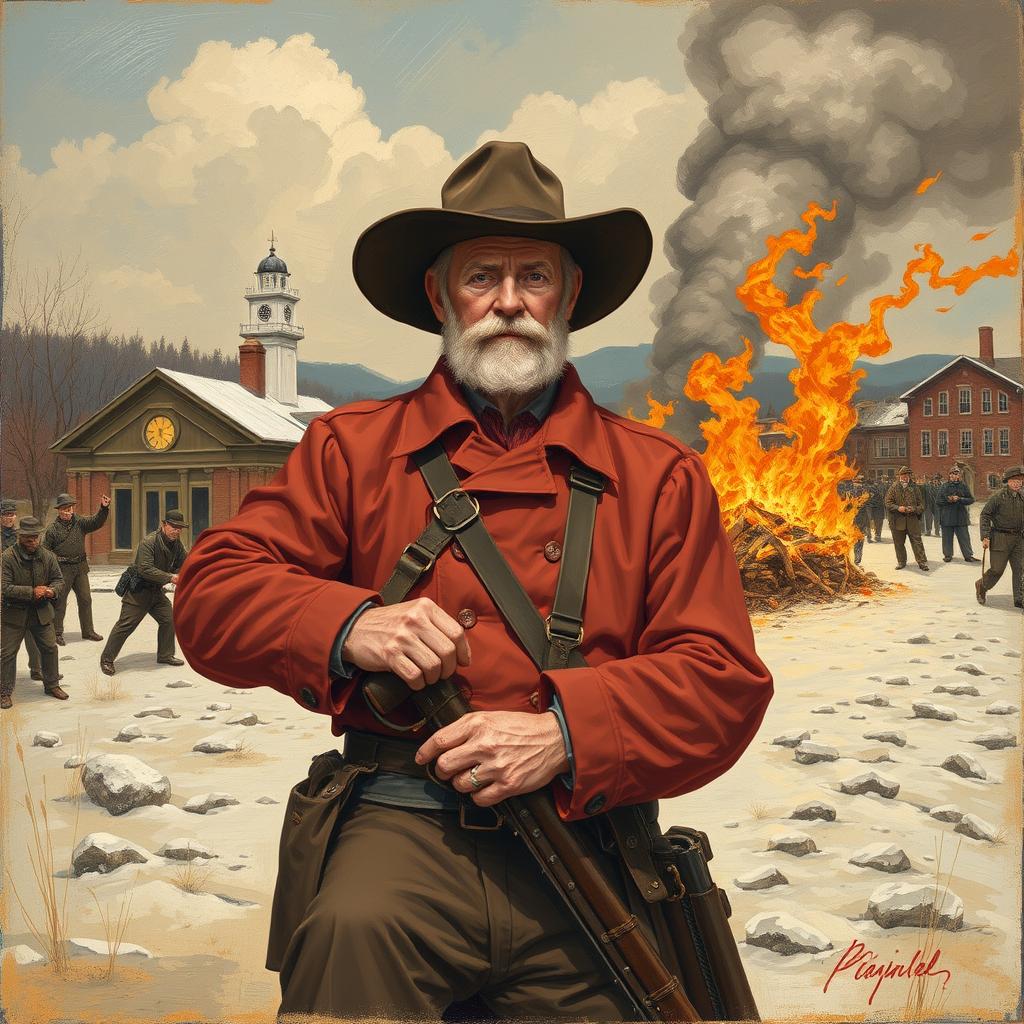
John Stroebel:Homestead Strike
During the Homestead Strike, Stroebel, a non-union worker, earned particular notoriety for continuing to work while others were on the picket line. While historians debate the exact details of his actions and motivation, his persistence in his role was seen as a deep betrayal by the striking workers, and became a symbol of the challenges unions faced during the era.
The Pullman Porters
While not typically referred to as “scabs” in the same vein, the Pullman porters, many of whom were Black men, were used by the Pullman Company during the 1894 Pullman Strike to replace white workers. This deeply controversial move fueled racial tensions and highlighted the complex dynamics of race and labor during that era. It also underscores how the term “scab” can become a complex symbol in the fight for workers’ rights. While the porters were not necessarily acting out of anti union sentiment, by working in place of striking workers during a time of racial discrimination, they faced intense criticism from the labor movement.
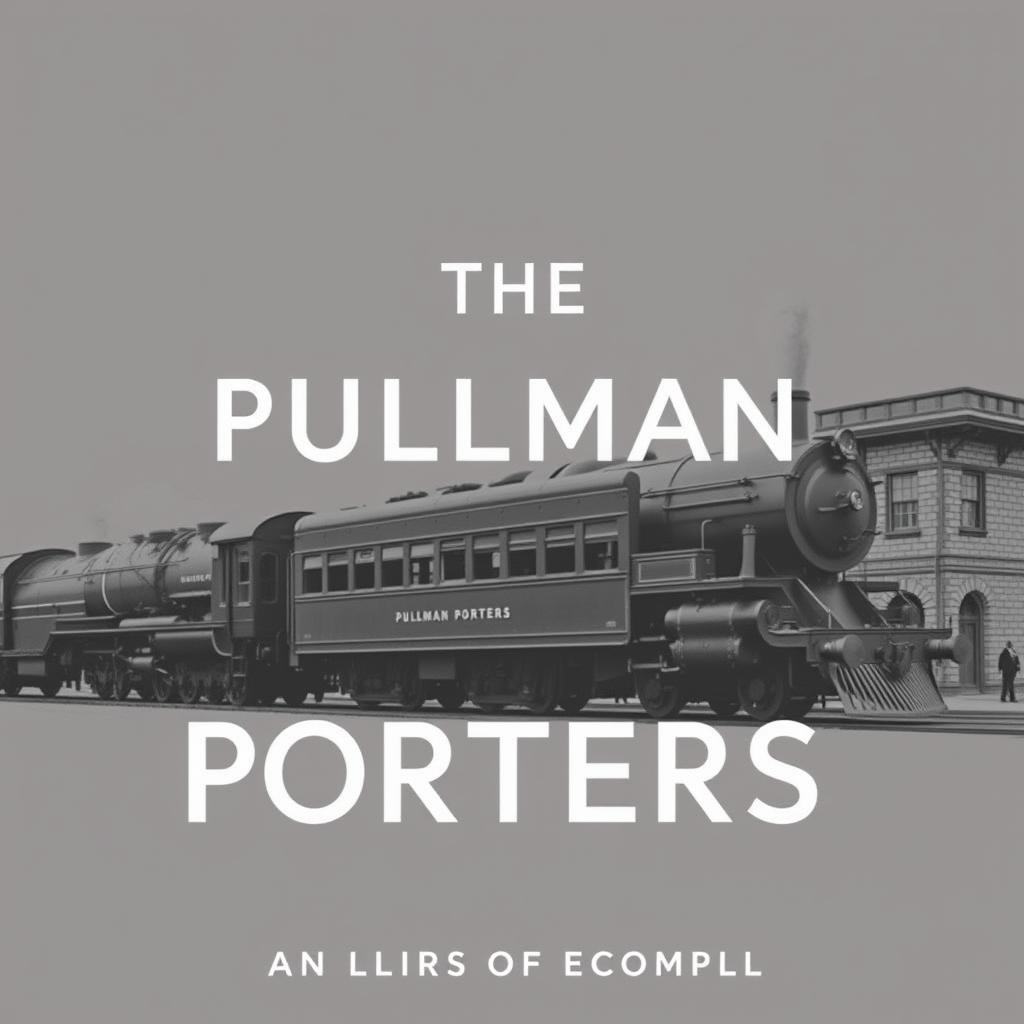
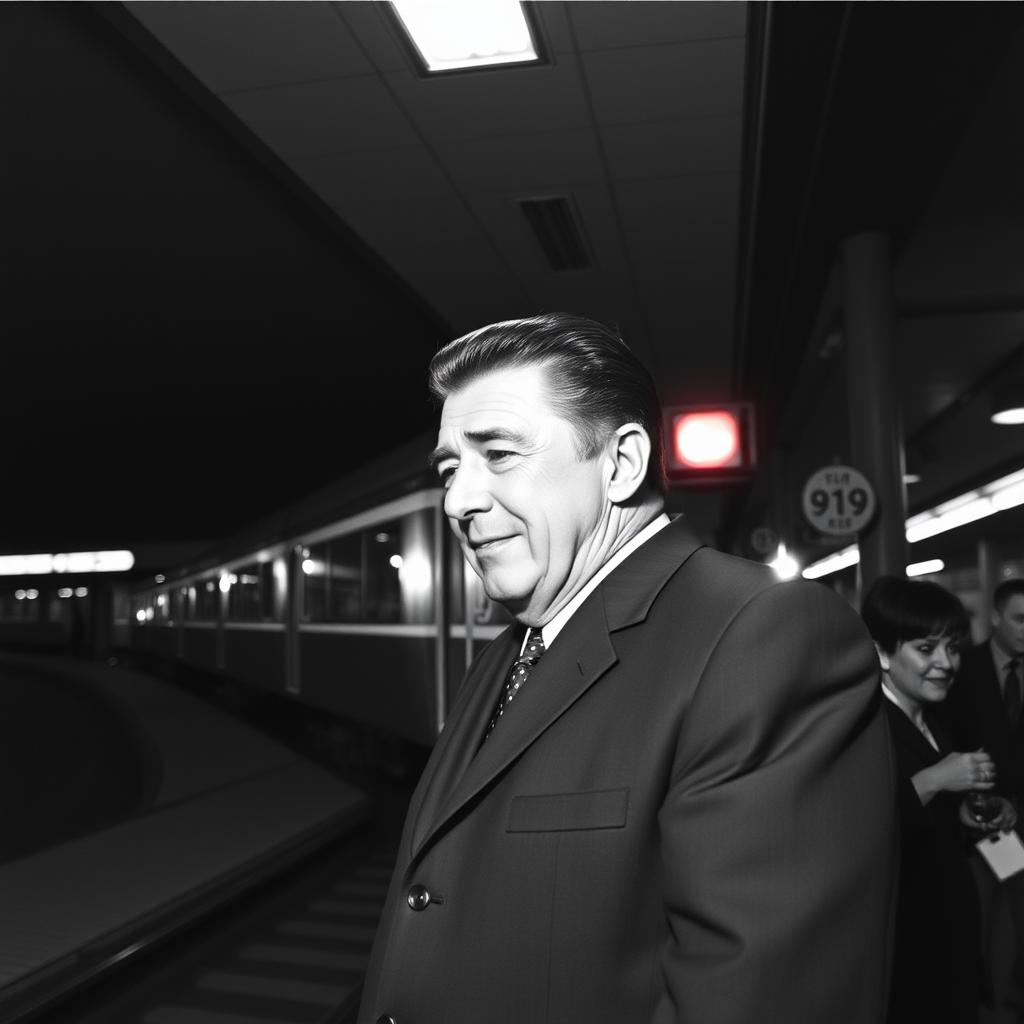
The Replacement Workers at the PATCO Strike (1981)
When air traffic controllers represented by PATCO (Professional Air Traffic Controllers Organization) went on strike in 1981, President Reagan fired them and hired replacement workers. While the replacements may not have seen themselves as “scabs,” their actions were deeply resented by the union, significantly undermining the ability of organized labor to effectively strike in the public sector and marking a turning point in labor relations.
The Football Players During the NFL Players Strike (1987)
During the 1987 NFL Players Association strike, the league brought in replacement players, largely made up of unsigned veterans and hopefuls from lower leagues. These “scab” players faced significant animosity from striking players and many fans, who viewed their actions as undermining the collective bargaining power of the union. This strike highlighted the role of “scabs” in professional sports.
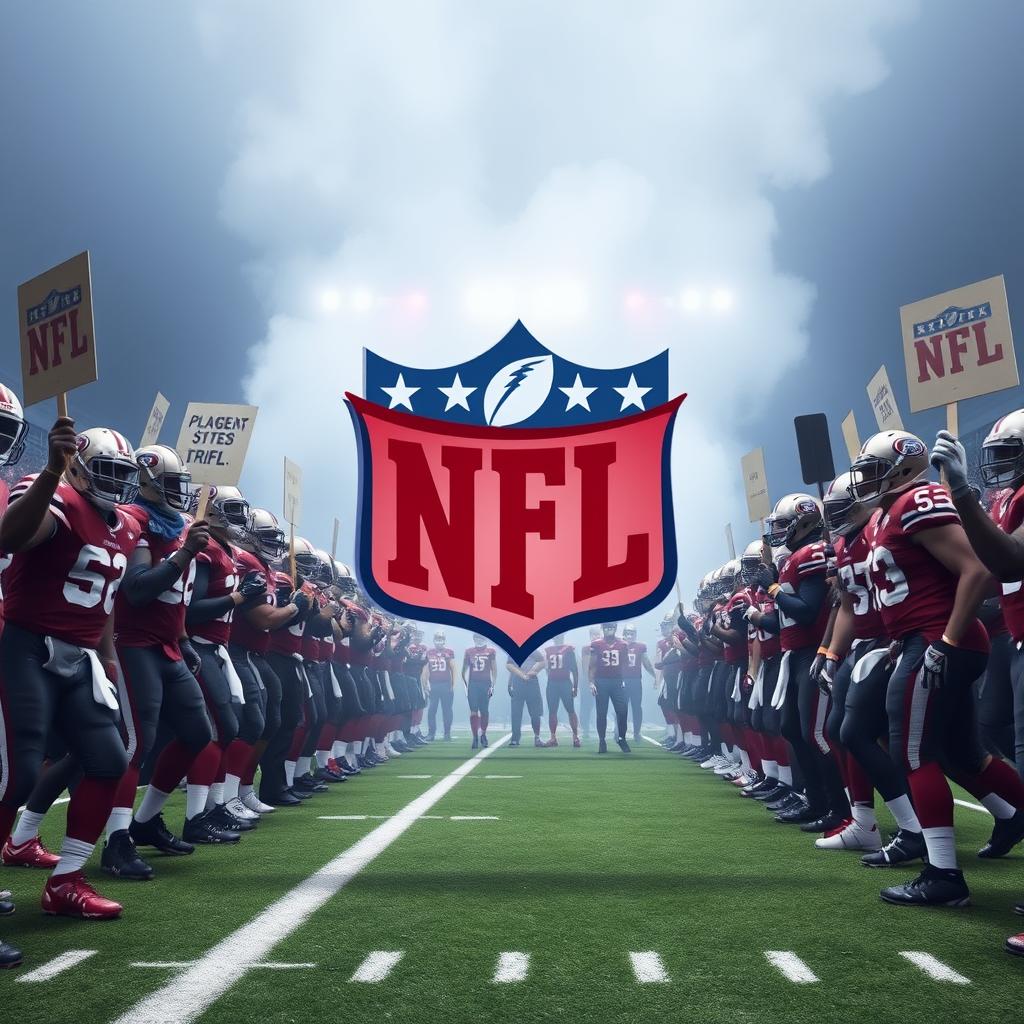
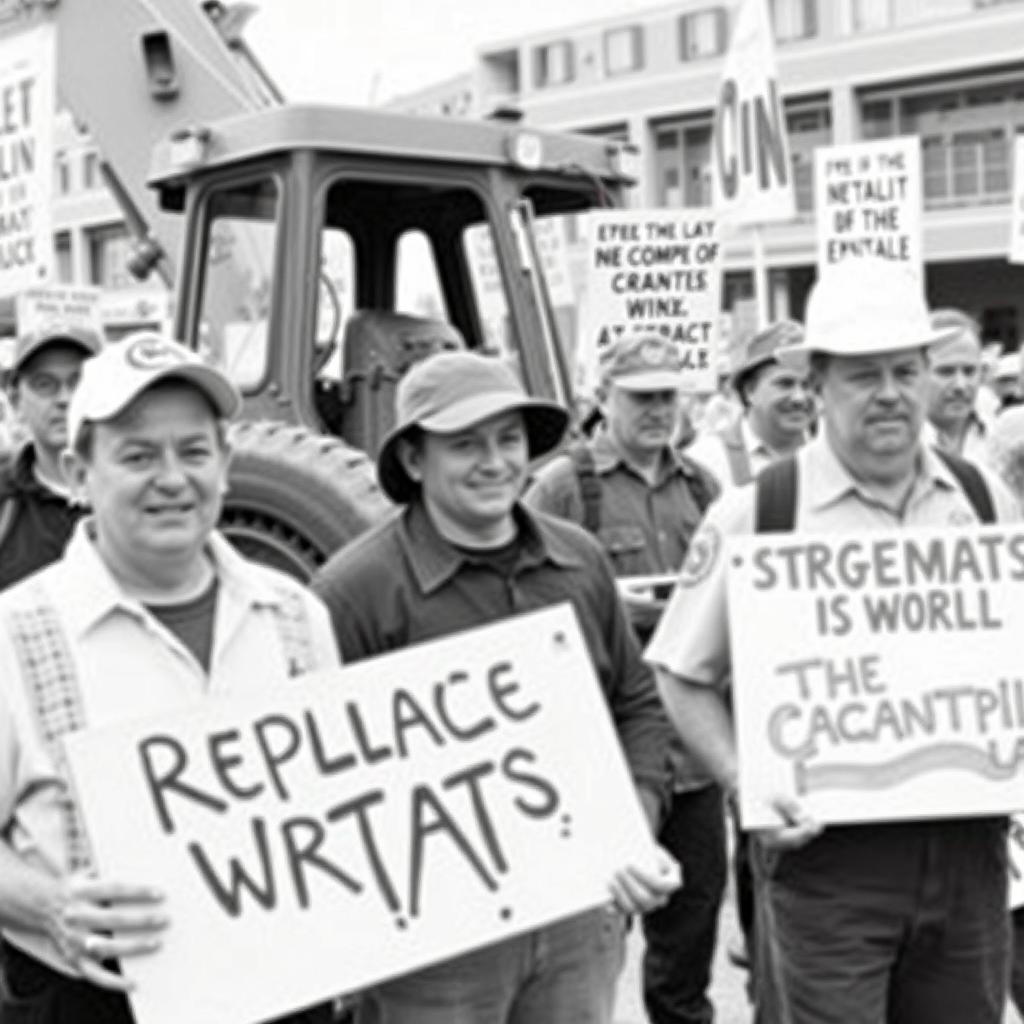
The Replacement Workers at the Caterpillar Strike (1990s)
Caterpillar’s use of replacement workers during a series of protracted strikes in the 1990s earned them a reputation for union busting and those brought in were seen as scabs. The company’s aggressive approach was deeply disruptive to the labor movement and the effects of these strikes and the use of replacement workers are still felt today.
Company “Goons“
Throughout labor history, many companies relied on groups of individuals hired to intimidate or attack striking workers, rather than just doing replacement work. These “goons” were often viewed as some of the most despised “scabs” because of the violence they inflicted. They are not specific individuals but represent a collective effort by companies to crush union strength.

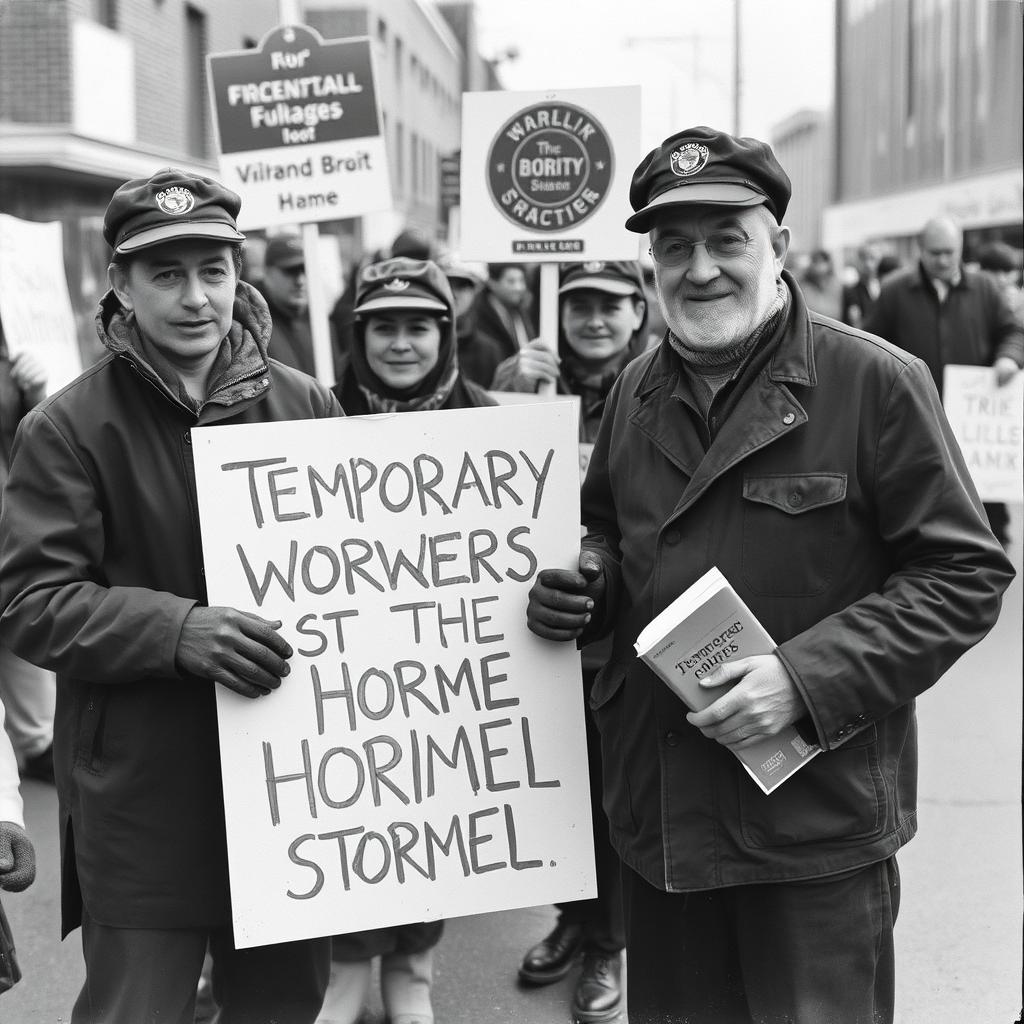
The Temporary Workers of the Hormel Strike (1985-1986)
The Hormel strike in Austin, Minnesota, saw the company hire temporary workers to replace striking meatpackers. This is another examples of the use of replacement workers to weaken the power of the union. This became a prominent example of the use of replacements and the impact on local communities.
The Non-Union Workers of the Pittston Coal Strike (1989-1990)
During the Pittston Coal strike in Virginia and surrounding area, non-union workers were brought in and considered scabs for working while other miners were on the picket line. The use of replacement workers was another example of how companies weakened collective bargaining.
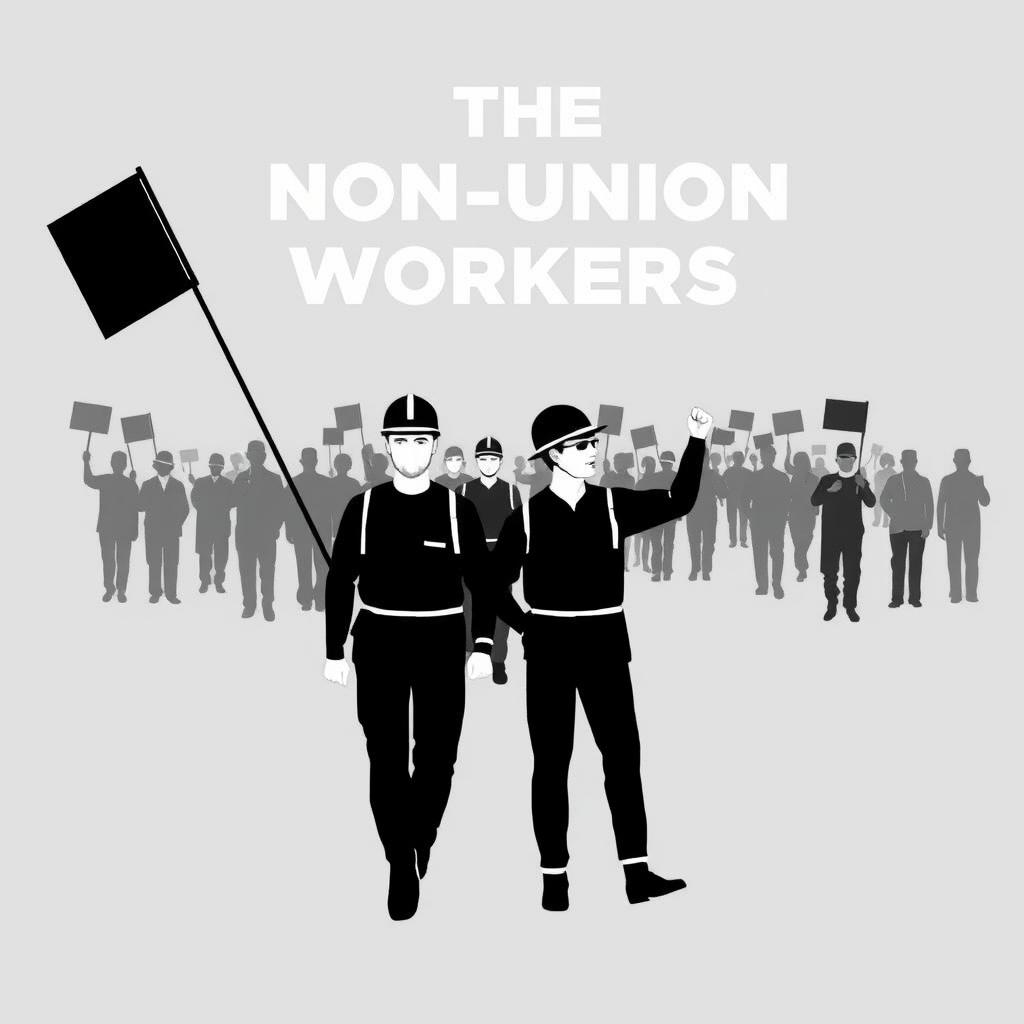
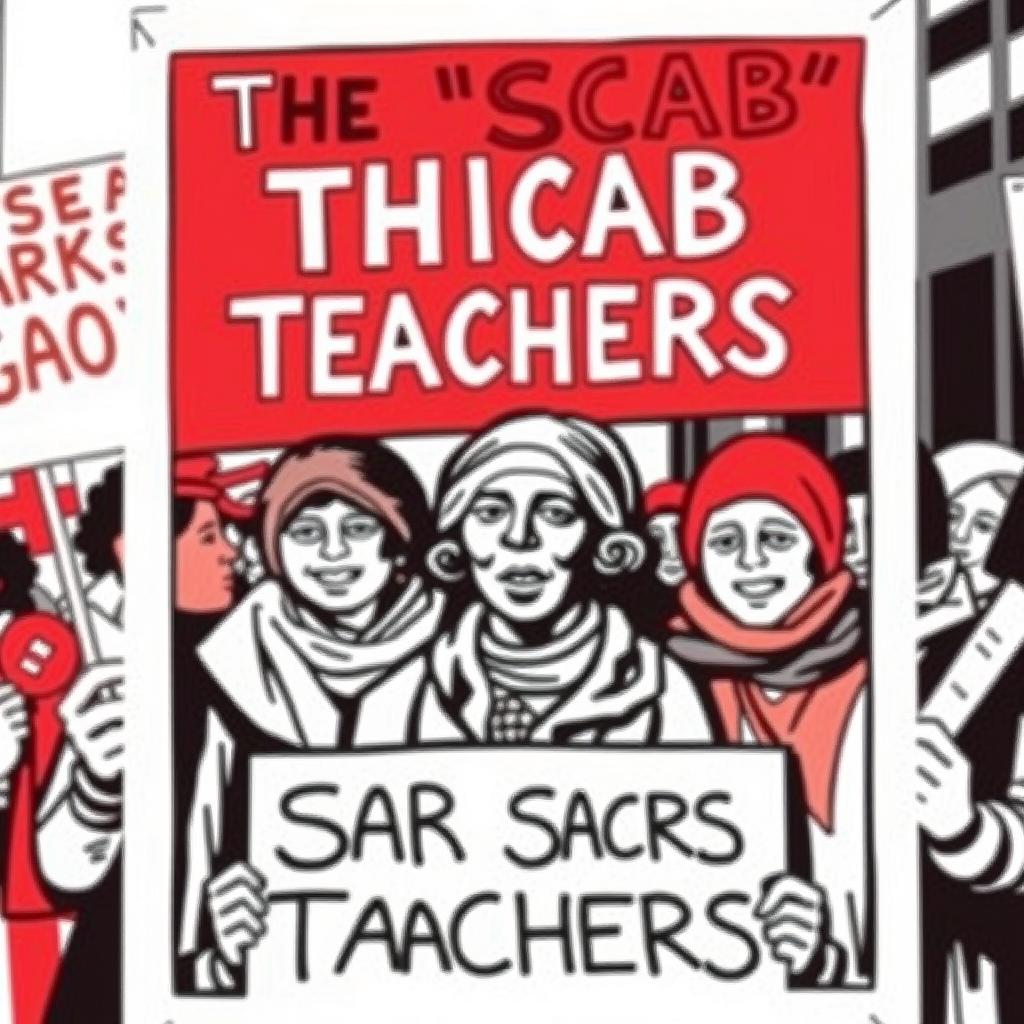
The “Scab” Teachers of the Chicago Teachers Union Strike (2012)
While teachers are usually seen as professionals, the 2012 Chicago Teachers Union strike against school reform efforts led to the union strongly criticizing teachers who chose to cross the picket line. While the term “scab” might not be as frequently used when discussing teachers, these events are another reminder of how the term and the actions of such workers cut across sectors.
The Legacy of “Scabs“
The term “scab” is far more than just a label. It’s a symbol of deeply felt frustrations, economic inequality, and the struggle for workers’ rights. The individuals and groups listed here, regardless of their own motivations, have become symbols within labor history. They remind us that the power of collective action is fragile and always faces challenges from those who, for a variety of reasons, choose to cross the picket line. These case studies remain powerful reminders of the ongoing tension between labor and management, and the high stakes involved in the history of working people and organized labor.
The Shadow of the Boss:
Unmasking Ten of America’s Most Anti-Union
and Ruthless Figures
The American story is often told as one of progress and prosperity, built on the hard work of its people. But behind the gleaming facade of industry lies a darker side, one where workers often faced exploitation, brutal conditions, and relentless opposition from powerful figures determined to crush their attempts at collective bargaining. While we can acknowledge that historical context is vital, here we delve into the stories of ten individuals who, through their actions and policies, earned reputations as some of the most anti-union and, quite frankly, mean bosses in American history.
It’s crucial to remember that “mean” is subjective, and what might have been considered standard business practice in the past is considered abhorrent today. This list isn’t intended to be a definitive judgment but rather an exploration of figures who represent the most extreme examples of anti-worker sentiment.
Jay Gould
(Railroad Tycoon)
Nicknamed the “Mephistopheles of Wall Street,” Gould was notorious for his ruthless financial manipulations and his brutal suppression of labor. He saw unions as a threat to his personal wealth and used tactics like blacklisting, strikebreaking, and hiring Pinkerton detectives to break worker power. His legacy is deeply stained by the suffering he inflicted on railroad workers.
Henry Clay Frick
(Steel Tycoon)
Frick’s name will forever be linked to the brutal Homestead Strike of 1892. As manager of Carnegie Steel, he was determined to break the union and used lockouts, strikebreakers, and private security forces (including the Pinkertons) to violently crush the uprising. Frick’s disregard for worker safety and his willingness to use force solidified his image as a villain of the labor movement.
J.P. Morgan
(Financier)
While less directly involved in on-the-ground labor struggles, Morgan’s control of the financial system gave him immense power over industries. He consistently opposed unions and used his financial leverage to force companies to adopt anti-worker policies. His impact on the national economy often came at the expense of the working class.
John D. Rockefeller
(Oil Magnate)
Rockefeller’s Standard Oil was a behemoth built on cutthroat competition and ruthless suppression of labor. He used spy networks, strikebreakers, and company towns to exert near-total control over his employees. His legacy is a mix of philanthropic efforts (funded, in part, by the exploitation of workers) and the indelible stain of his anti-union practices.
Eugene Talmadge (Governor of Georgia)
While not a business owner, Talmadge used his power as governor to violently break up strikes and intimidate union organizers in the South. His open racism and anti-labor policies made him a symbol of the extreme resistance to worker rights prevalent in the era. His methods highlight how anti-unionism was often intertwined with racial prejudice.
Samuel Insull (Utilities Magnate)
Insull’s massive utility empire was built with a fierce hostility to unions. He employed tactics like company unions and blacklisting to maintain absolute control. His downfall, which came with the Great Depression, exposed the fragility of his system and the dangers of unchecked corporate power.
Frederick Taylor
(Management Consultant & Engineer)
While not a boss in the traditional sense, Taylor was an influential figure in creating “scientific management” – a system aimed at maximizing efficiency by breaking down tasks into repetitive motions. His theories, while often presented as neutral, were used to de-skill jobs, remove autonomy from workers, and justify increasingly harsh work conditions, effectively reducing employees to cogs in a machine.
George Pullman (Railroad Car Manufacturer)
Pullman, while seemingly providing housing and amenities through his company town, exerted near-total control over his workers, including manipulating their pay and suppressing any signs of union organization. The Pullman Strike, fueled by his oppressive policies, demonstrates the dangers of such paternalistic and controlled work environments.
Walter Gordon
(Shipping Magnate)
Gordon’s ruthless tactics in suppressing the 1934 West Coast Waterfront Strike, where he hired strikebreakers and used violent means against workers, is an example of the vicious lengths employers went to in the face of organized labor. His actions ultimately led to a more unified and powerful union movement on the West Coast.
Ray Kroc
(McDonald’s Founder)
While Kroc is celebrated for building a fast-food empire, he was also known for his staunch opposition to unions. He actively suppressed unionization efforts within McDonald’s and used various tactics to discourage employees from organizing. His legacy highlights the often-antagonistic relationship between the fast-food industry and labor organization.
It’s important to acknowledge that history is often presented through specific lenses, and these figures have been studied and interpreted in various ways. Some argue that their actions were necessary for economic growth and innovation, while others contend that their methods were unethical and damaging to the working class. What’s undeniable however is the consistent pattern of hostility and actions that these figures took that directly disadvantaged workers.
The stories of these ten individuals serve as stark reminders of the power imbalances that have characterized much of American history. Their actions, while occurring in different eras, highlight a recurring pattern of resistance to worker empowerment. These struggles continue to resonate today as workers fight for fair wages, safe working conditions, and the right to organize. By understanding the past, we can better advocate for a more just and equitable future for all workers.
The Gains From The 1987 NFL Players Strike
The 1987 NFL Players Strike led to significant changes for players. They gained better benefits, including improved health coverage and retirement plans. The strike also resulted in higher minimum salaries. Players got a clearer path to free agency, giving them more control over their careers. Fan support was mixed, but many recognized the players’ fight for fairness. Overall, the strike shifted the balance of power in the NFL, benefiting players long-term.
Some of the Biggest Stars Crossed the Picket Lines
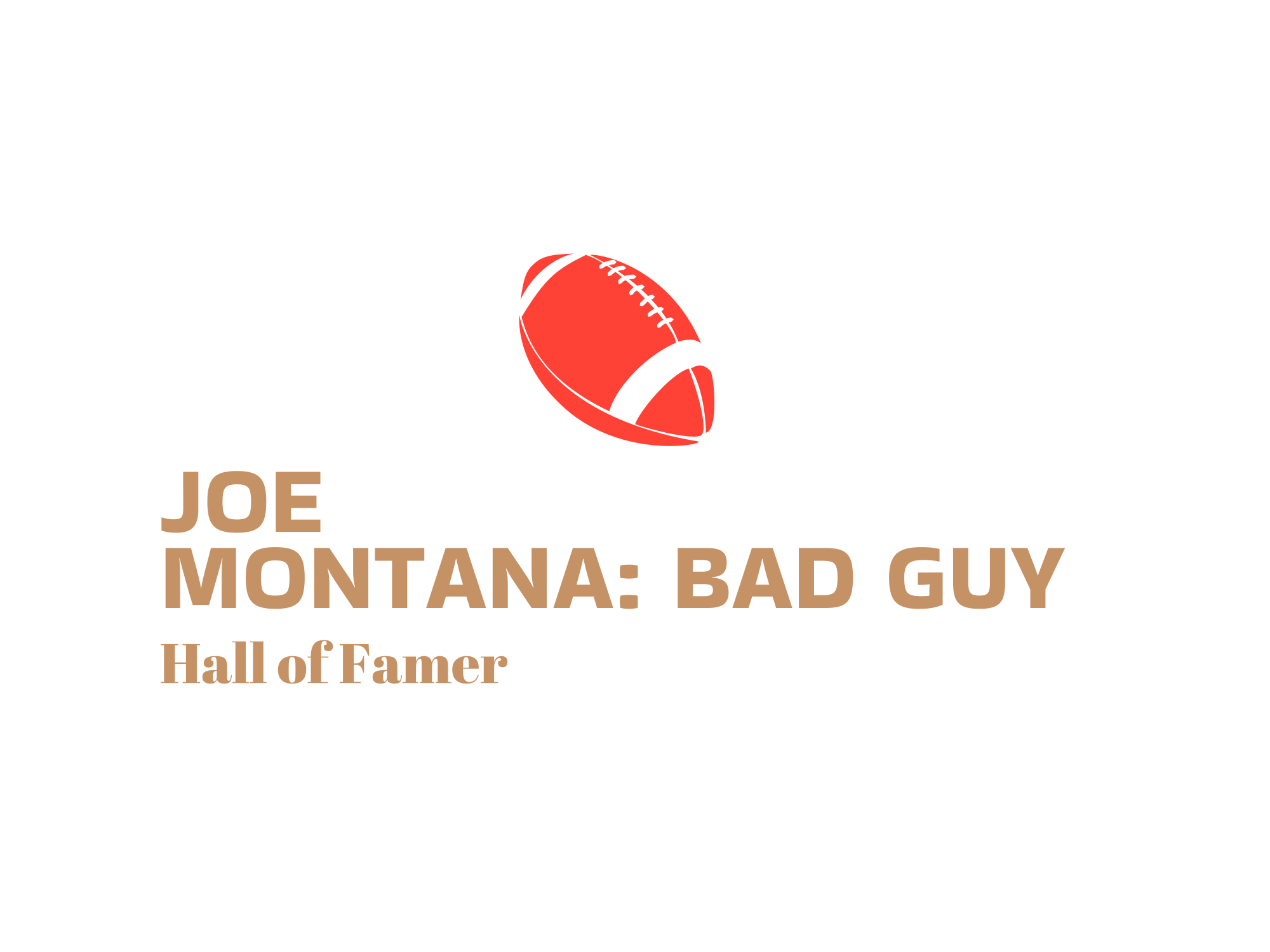
In 1987, Joe Montana didn’t support the NFL players’ strike. While many players walked out for better pay and working conditions, Montana chose to cross the picket line. He played in games with replacement players, earning criticism from his peers. Montana’s decision highlighted the divide within the league during the strike, showing how some players prioritized their careers over solidarity with teammates. This choice marked a significant moment in NFL history, revealing the complexities of player relationships and labor disputes.
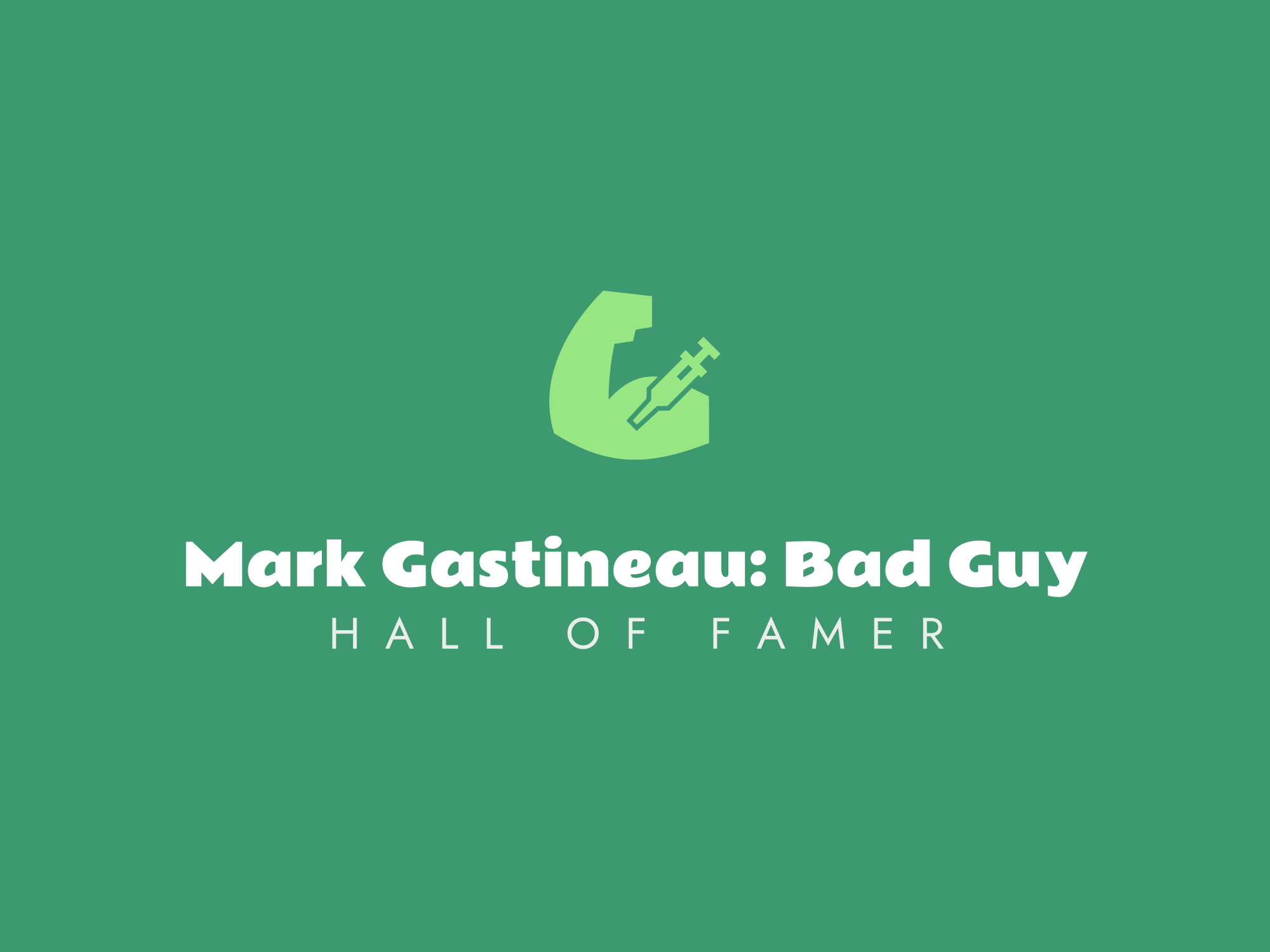
In 1987, Mark Gastineau chose not to honor the NFL players’ strike. While many players walked away from the game, Gastineau kept playing. His decision drew criticism from fans and fellow players alike. The strike aimed to improve player conditions and benefits, but Gastineau’s actions seemed to undermine those efforts. He focused on his own career and financial gain instead. This choice marked a significant moment in the history of player solidarity in the NFL.
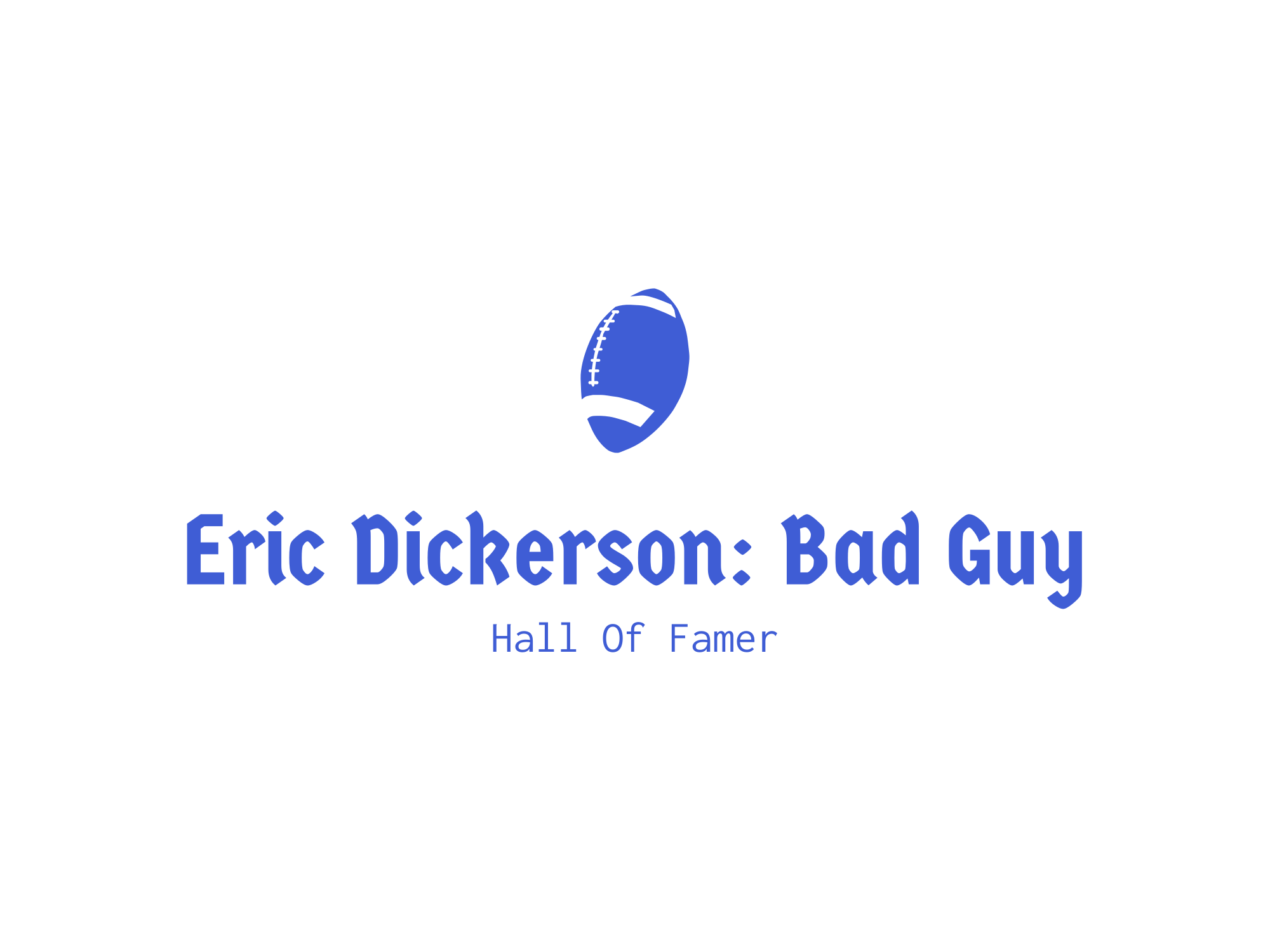
In 1987, Eric Dickerson chose not to support the NFL players’ strike. While many of his teammates walked out for better pay and working conditions, Dickerson opted to play. This decision sparked controversy among players and fans. Some viewed him as a traitor, while others respected his choice to compete. Dickerson believed he could only control his career by continuing to perform. His actions highlighted the divide within the league during a tense labor dispute.
The Impact of the 1987 Strike
The 1987 NFL strike, which resulted in a victory for free agency, was a pivotal moment in the history of the league. Prior to the strike, players were largely bound to their teams through restrictive contracts and were at the mercy of team owners when it came to negotiating their salaries and terms of employment. The introduction of free agency following the strike revolutionized the dynamics of player-team relationships, empowering athletes to have more agency over their careers and allowing them to seek out the best opportunities for themselves.
The impact of the free agency win in 1987 extended far beyond just the players themselves. The introduction of free agency not only allowed players to negotiate better contracts, but it also created a more competitive marketplace in which teams had to vie for top talent. This in turn led to greater parity within the league, as smaller market teams were now able to compete with the wealthier franchises for talent. The increased competition and player mobility also heightened fan interest, as the potential for surprise signings and upsets added excitement to the game.
Overall, the free agency win in 1987 was a watershed moment that transformed the landscape of the NFL and set the stage for the modern era of professional sports. By granting players greater control over their careers and fostering a more competitive environment, free agency not only improved the livelihoods of athletes, but also enriched the game for fans and stakeholders alike. The legacy of the 1987 strike and the subsequent introduction of free agency continue to shape the NFL to this day, highlighting the enduring importance of this pivotal moment in sports history.
Reggie White did not honor the 1987 NFL players’ picket line during the strike. He chose to cross the line and play, which caused controversy among players. Many saw his decision as a betrayal, especially since the strike aimed to address issues like free agency and player rights. White’s actions highlighted the division within the players’ union during that time. His choice brought mixed reactions from fans and teammates alike.
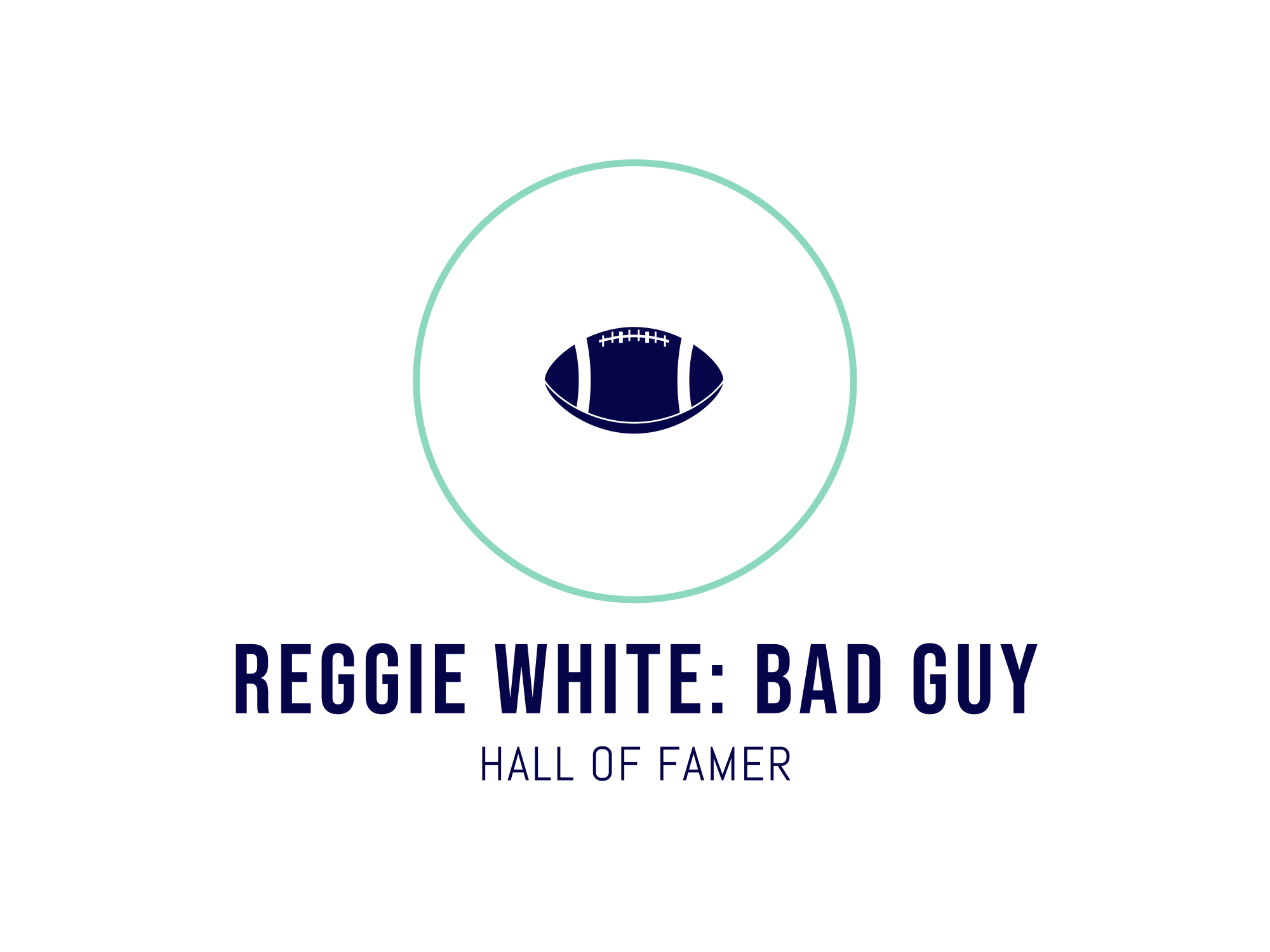
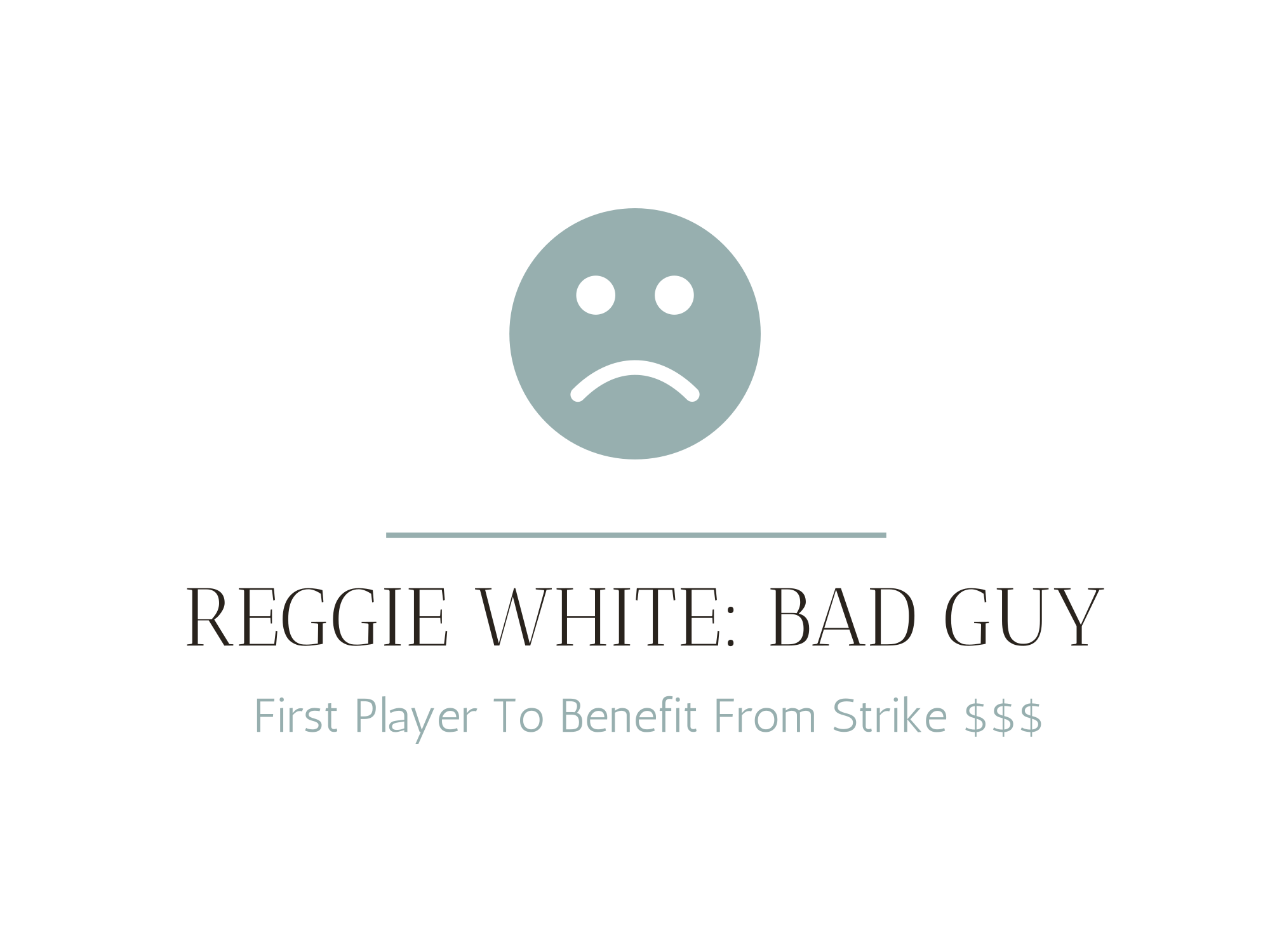
After the 1987 players’ strike, the biggest free agent contract was signed by Reggie White. He agreed to a four-year deal worth $17 million with the Philadelphia Eagles in 1993. This contract marked a significant shift in how players could negotiate their worth. White’s signing set a new standard for future free agent contracts in the NFL. His impact on the league went beyond the field, influencing player rights and contract negotiations.
What Happened That Stopped The Effort To Unionize the WWF, Now WWE
